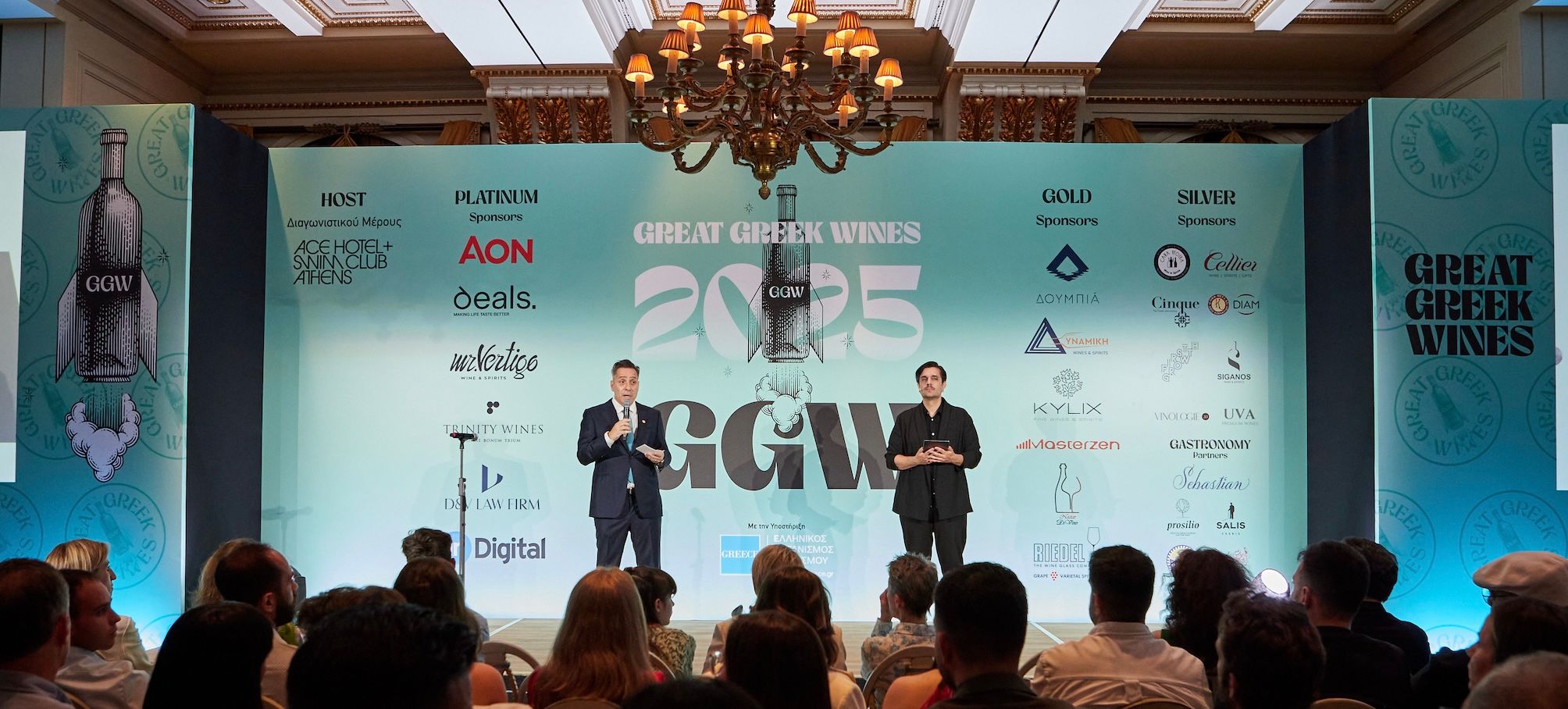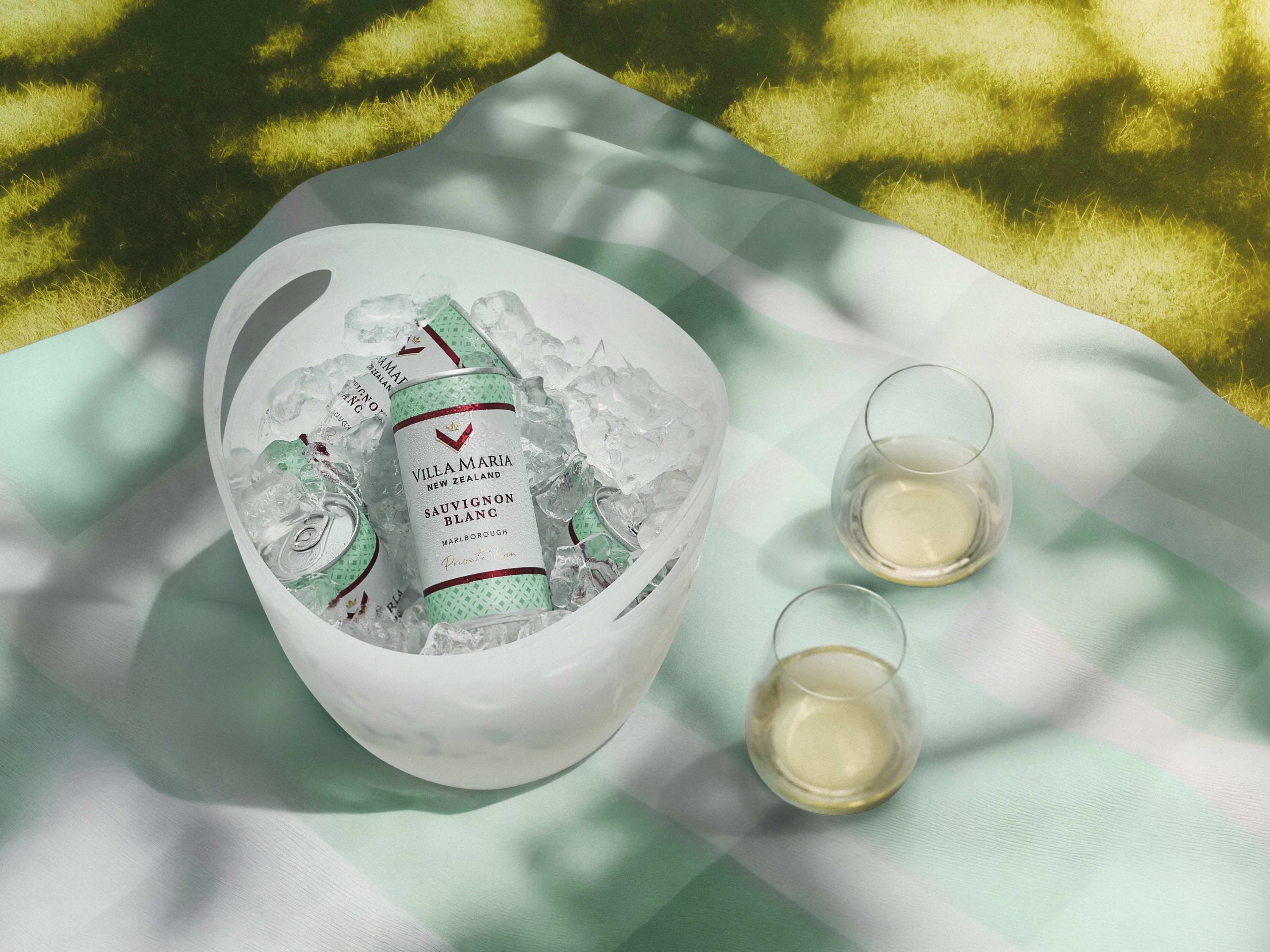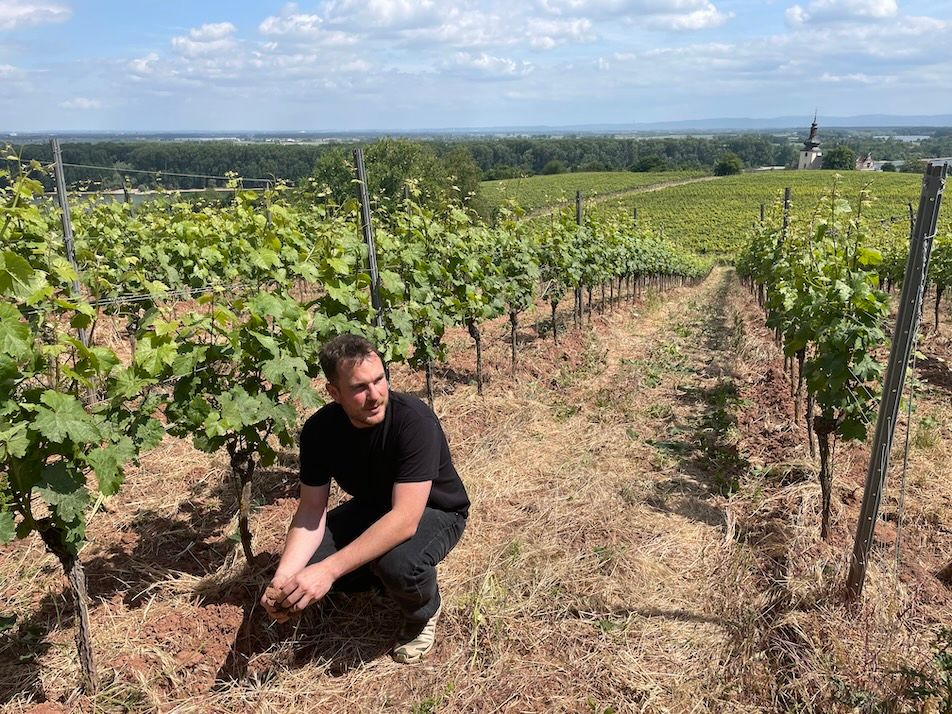Even Prohibition did not stop production of wine (it switched to making ‘medicinal port’) at the Brotherhood Winery.
Tell us about yourself and the history of the winery?
It was established in 1839 which means the Brotherhood Winery has been in continuous operation for 181 years. The winery is actually a historical site, located 60 miles north of New York City, in the lower Hudson Valley. Its made up of stone buildings, an award winning restaurant, modern and comfortable tasting and sales room, and the longest man made under ground cellars in the United States. We usually get more than 100,000 visitors a year.
Aside of the tradition, legacy and history the Brotherhood Winery is one of the most modern wineries on the East Coast and one of the biggest in New York State. All the winery equipment is dated 2010 or newer, using solar energy, state of the art water treatment plant and a barrel program that grows every year.
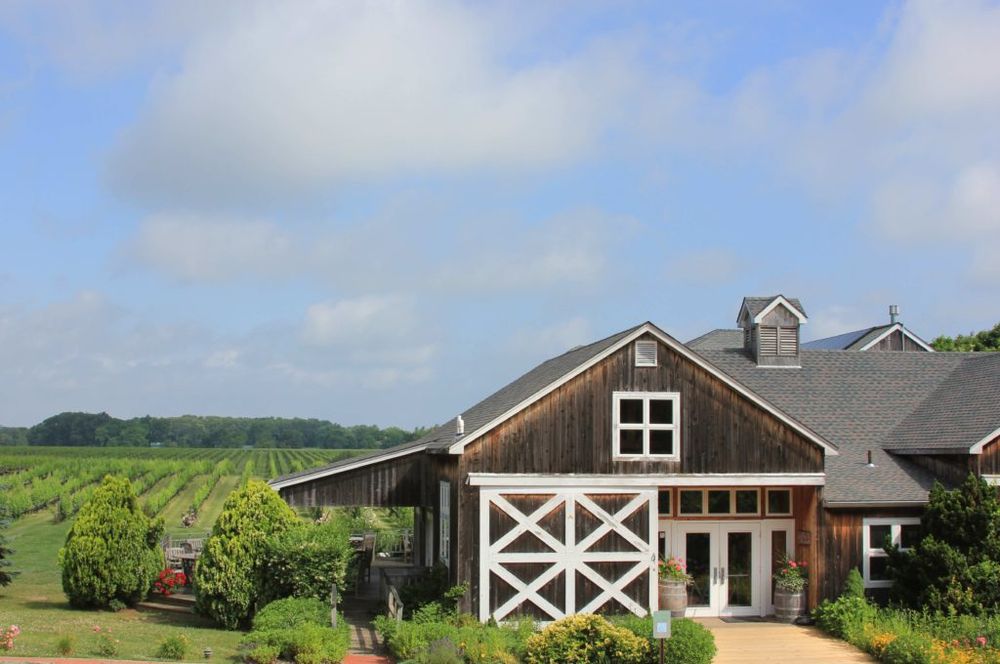
Brotherhood Winery is one of the biggest as well as being the oldest in New York State – and the US
What grapes do you grow and why?
We have long term contracts with close to 10 grape growers in New York State. In Long Island we grow Cabernet Sauvignon and Merlot as those are the two most appropriate varieties for the climate there, and we great quality and consistency, harvest after harvest.
On the Finger Lakes we grow Riesling, Gewurztraminer, Chardonnay, Pinot Noir and Cabernet Franc. Again, the unique soil and climate of the Finger Lakes is perfect to grow these varietals and to get fantastic fruit.
What makes your particular region suitable for those grapes and what sort of styles of wine do they make?
We recognise that each individual region has its specific attributes to grow different varietals. Therefore, we source the best fruit from each specific region, as described above, to produce our wines.
What is your approach to winemaking and has that changed at all in recent years?
Our basic approach, or philosophy, to winemaking begins by working to get the best fruit. We are always listening to our customers and to what the market is asking for. This does drive changes on the winemaking style. Minimal intervention, using modern equipment and technology that gently treats the wine through the vinification process; allows us to produce non stressed highly aromatic, soft, fruity and juicy wines.
For most of our red wines, the barrel ageing process ends up raising the level of complexity of the wines and rounding them up to make them more elegant and suitable for some cellar ageing.

The grape varieties it uses have to be able to handle the harsh growing conditions through the winter
What would you say are the big points of difference – the USPs of New York wine that buyers should know?
New York wines are almost craft made wines. Volumes of production in New York State are much smaller than other US regions. Small productions equal more focus, attention and craftmanship through the process.
The weather in New York State is challenging, but for the same reason the fruit of our vines is unique and gives unique character to our wines. Finally New York is one of the regions in the US with the largest number of new wineries being opened – and most of them operated by young generations of farmers and winemakers.
What are the main markets for your wine, both domestic and export?
Domestically we sell across the East Coast with a concentration in the north east. We distribute in a total of 15 states across the US. Internationally we are in China, Japan, Hong Kong, Denmark, UK, Sweden and Canada.
What percentage of your wines goes to export and is that growing?
Our peak on export sales was in 2018 when we exported close to 20,000 cases of wine. During 2019 we lost our sales to China which was a large volume, as well as to the UK (Marks & Spencer). During 2020, our export sales have kept going down due to the Covid-19 situation. We will keep targeting in Asia, Europe and South America for 2020 and 2021.
What are the types of wine in your portfolio that work best in export and why?
Most of our red wines and sparkling wines. Of course Riesling is always popular for New York wines, but our red wines (Pinot Noir, Merlot and Cabernet Sauvignon do very well). Another category that we have created and does very well for us are blended wines – for both red and whites, made on stainless steel. We look to make uncomplicated, approachable and affordable wines.
This is a trend around the world, people want less fancy, but still good quality wines, made in a way that the wines are fun and easy to drink on multiple occasions.
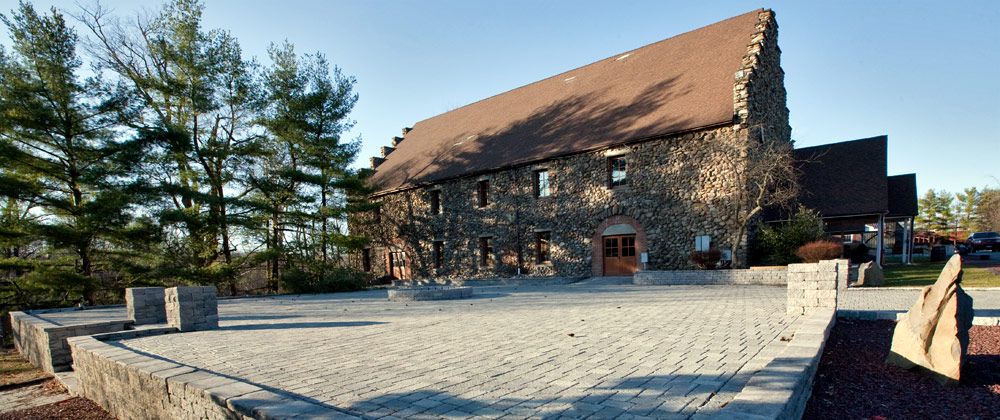
The Brotherhood Winery has been hit by Covid-19 both in terms of sales but also as a key tourist destination and for weddings
How has the Covid-19 outbreak affected the winery and your business?
We had to close our operation in full for two weeks. Now we are back in operation, at 50% capacity more and less, and we have problems getting all our employees to work. Many are using their sick days or holidays just to stay at home and avoid coming to work. Most of the sales we had for the on-trade have gone to zero.
Our distribution business for the off-trade is still solid, but it’s difficult to control the market when we have to keep our sales team at home. DTC sales have been good too. So we have been affected, but not dramatically.
The worst part so far has been the loss of one of our tour guides to Covid-19.
What steps are you putting in place to cope and get over it?
Every day is a different scenario and we take different actions to turn things around and keep moving forward.
What do you think of the UK market and why do you want to sell your wines there?
The UK market is large and strong for wines. Per capita consumption of wine is big compared to other countries. The UK consumer looks for wines, is willing to explore and is, in general, well educated about wines and is not afraid of trying new things. The relationship between the US and UK is also strong. UK consumers most of the time prefer US products against others. California wines are well established in the UK market and we have already proven that given the right exposure to the UK consumer, New York wines are a great choice and people like them.
Which channels of the UK market are you focused on?
Both on and off-trade as well as direct to consumer. We have products suitable on pricing, packaging and quality for all markets.


